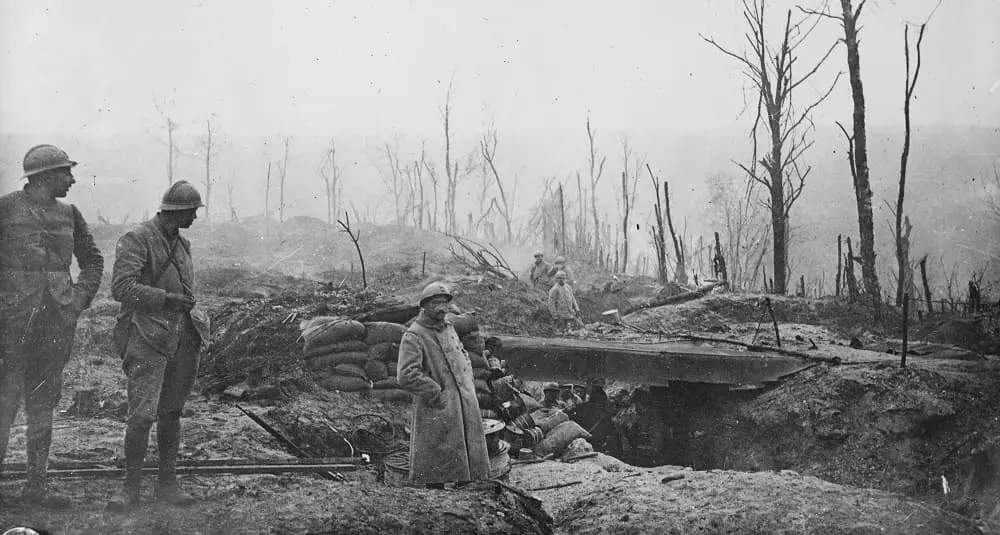Who won the Battle of Verdun in 1916?
Last Updated:
The Battle of Verdun, one of the most emblematic and bloody episodes of the World War I, took place between February 21 and December 18, 1916. The battle, which pitted the French and German armies against each other, took place in the Meuse department of northeastern France. It symbolizes the horror of trench warfare, the tenacity of the soldiers and the strategy of attrition deployed on the Western Front. Despite colossal losses on both sides, France emerged victorious from this battle, managing to hold its positions and repel the German offensive.
In 1916, the war had been bogged down for two years. The Western Front was locked in a war of positions. The German command, led by General von Falkenhayn, decided to launch a major offensive on Verdun, a highly symbolic city for the French in a war of attrition. The idea was to force the French to defend this strategic point at all costs, and inflict maximum casualties.
Verdun was chosen for its position on the front line, but also for its moral value, the loss of Verdun would have dealt a severe blow to French morale. Germany committed considerable human and material resources to the offensive, convinced that France would not be able to hold out.
From February 21, 1916, thousands of shells rained down on Verdun, marking the start of a deluge of fire. The French army, under the command of General Philippe Pétain, then Robert Nivelle, organized a fierce defense, constantly mobilizing troops along the famous Voie Sacrée, the vital road linking Bar-le-Duc to Verdun for the supply of men and ammunition.
Pétain’s motto, “They shall not pass”, became a slogan of resistance. For ten months, the French soldiers, nicknamed the “poilus”, held firm, despite appalling conditions, mud, cold, lack of sleep, incessant bombardment, hand-to-hand combat in the trenches.
The Germans, faced with unexpected resistance and considerable losses, eventually slowed their offensive. In October and November, the French counter-attacked and recaptured much of the lost ground, including Fort Douaumont, the symbol of the initial German attack.
The Battle of Verdun was a bloodbath. Some 300,000 soldiers lost their lives and over 700,000 were wounded or missing. Losses were roughly equivalent on both sides. However, despite the intensity of the fighting and the Germans’ determination to bleed the French army dry, the French lines held firm. The German objective of collapsing the French army failed.
The victory was neither brilliant nor victorious, but strategic and symbolic. Verdun remained in French hands, and the German failure considerably weakened the enemy’s morale and forces. For France, the holding of Verdun represented an essential moral victory, reinforcing national unity and the determination to continue the war.
The Battle of Verdun marked a psychological turning point in the conflict. It showed that the French army could withstand the enemy’s most violent assault, and that the strategy of attrition could turn against its initiator. The German failure at Verdun coincided with the great Allied offensive on the Somme, launched in July 1916, which opened up a new front of pressure.
What’s more, Verdun quickly became a national symbol of French resistance, a collective memory of heroism and sacrifice. After the war, it became one of France’s most commemorated sites, along with the Douaumont ossuary.
France won a strategic victory at the Battle of Verdun in 1916. Despite colossal losses, French forces succeeded in preventing the Germans from breaking through the front line, holding on to territory and reversing the moral balance of power. Verdun will go down in history as a symbol of courage, sacrifice and tenacity.
history

Who won the Battle of Verdun in 1916?
Answer
The Battle of Verdun in 1916 resulted in a strategic victory for France, after months of fierce fighting against the German army.